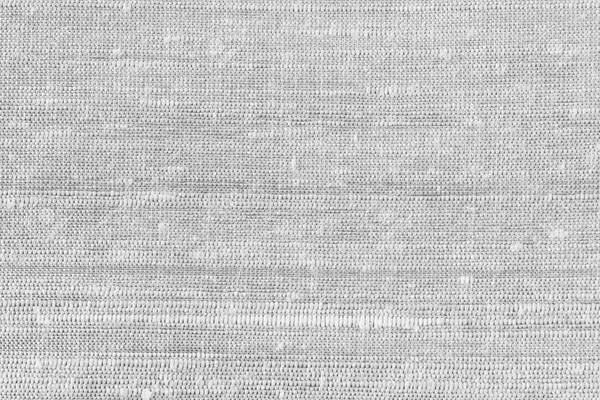
What Is The Texture of Silk? (Silk Texture Seamless)
When you are looking for the best fabric to use in any sewing project, the word is silk. 4 letters is all it takes to bring the mental picture of class, royalty, sophistication to a person’s mind. It is hard to beat silk no matter which fabric you use.
What is the texture of silk? Silk fiber is strong, soft, and smooth. While it has a very smooth nature it is not slippery like synthetic fibers get when woven into a fabric. There is little to no stretch to this fabric but its shine is out of this world.
To learn more about silk and its texture, just continue to read our article. It has the information you want to know about so you know when to choose this material for a sewing project that requires elegance and style.
What is a Raw Silk Texture?

This is a unique feeling when you rub your hand across the fabric. Raw silk is made from shorter fibers than traditional silk and that shortness creates a nubby and rougher feel to the material.
Also, there is what is called a gummy ingredient in raw silk called sericin which helps provide raw silk with its unique feel. When the fibers are washed in soap and water some of this sericin is removed changing the texture of the fabric.
Traditional silk is made from long fibers giving it that smooth feel when you run your hand across the material. There are different types of raw silk, each with its own texture as well as characteristics.
Muga raw silk has a golden hue to it and the color of this fiber remains intact forever. Tropical Tussar raw silk has a copper color to it while Mulberry raw silk is said to be the softest of them all. One similarity between all of these fibers is that they are not slippery.
The Eri raw silk has a texture that is similar to a cotton and wool blend.
Silk Texture Seamless Description

There is a variety of silk called seamless silk that has all the qualities and characteristics of traditional silk materials. The only difference is that its name is very accurate. This is a silk material turned into bedding and has no seams.
What that means is that once you put it on a bed, you do not feel anything but pure silk against your skin. There should be no irritating seams to bother you as you sleep. One drawback to this material is that it only comes in 45-inch widths.
The other drawback is that not all seamless silk fabrics are made from silk. They are made from those fabrics that have been created to mimic this top material and some people may be fooled into thinking they are getting real silk for a very inexpensive price.
One of the advantages of using seamless silk is that it can be used in more applications than bedding. Photographers prefer it as they do not have to worry about getting the seam out of their images.
This material helps the photographer set up faster and make his or her life easier.
What is a Textured Silk Fabric?

It can be whatever you want it to be. For example, if you like velvet and want a very elegant and sophisticated look to your living room, etc., you can turn to velvet fabrics made from silk fibers. This will be costly but you get both the velvet and silky texture in the same material.
Basically, textured silk is a material that has a unique feel to it. It is not exactly smooth but it is not rough either. Another good example to help describe this characteristic would be a silk-wool blend.
The blend will be soft like wool is but also have a nice luster and sheen to it. Then there is Taffeta which when made right the silk fibers present a smooth yet crisp texture when you touch it.
The elements of textured silk make it more than just a smooth piece of material that glides across your body when you walk. If you want a rough texture to silk, then you should purchase Shantung or tussah silk.
Textured silk has some depth to its feel and allows you to create clothing to match how you feel or want to feel when you are wearing those clothing items.
Satin vs Silk Texture

Both will be nice and smooth however, silk comes with its smoothness built-in to the fibers which makes it a classy fabric to wear. No matter how you weave it that silky smoothness is always there.
On the other hand, satin is not naturally smooth and its smoothness depends on the fibers used to create it. This is a weave style and when silk fibers are used in this method of creating fabrics, the end result will be very smooth.
However, while silk can have its luster and sheen displayed on both sides of the material, satin usually has one bright side and one dull side. The only way satin will beat silk in texture will be if the weavers use silk fibers.
The texture of satin changes with the fibers used. Silk will always be silk no matter which silk variation is used to make a nice fabric. Both will be soft but 100% silk will top satin in all categories including softness.
Some Final Words
It is hard to accurately describe the texture of silk materials. It is a fabric that you have to feel for yourselves to see how rich its texture really is. This material is probably superior in texture to all other fabrics which makes it very popular and very expensive.
As hard as clothing manufacturers try, it is basically impossible to beat silk and its texture. Plus, it makes you look elegant and class when you wear it to your special events.

